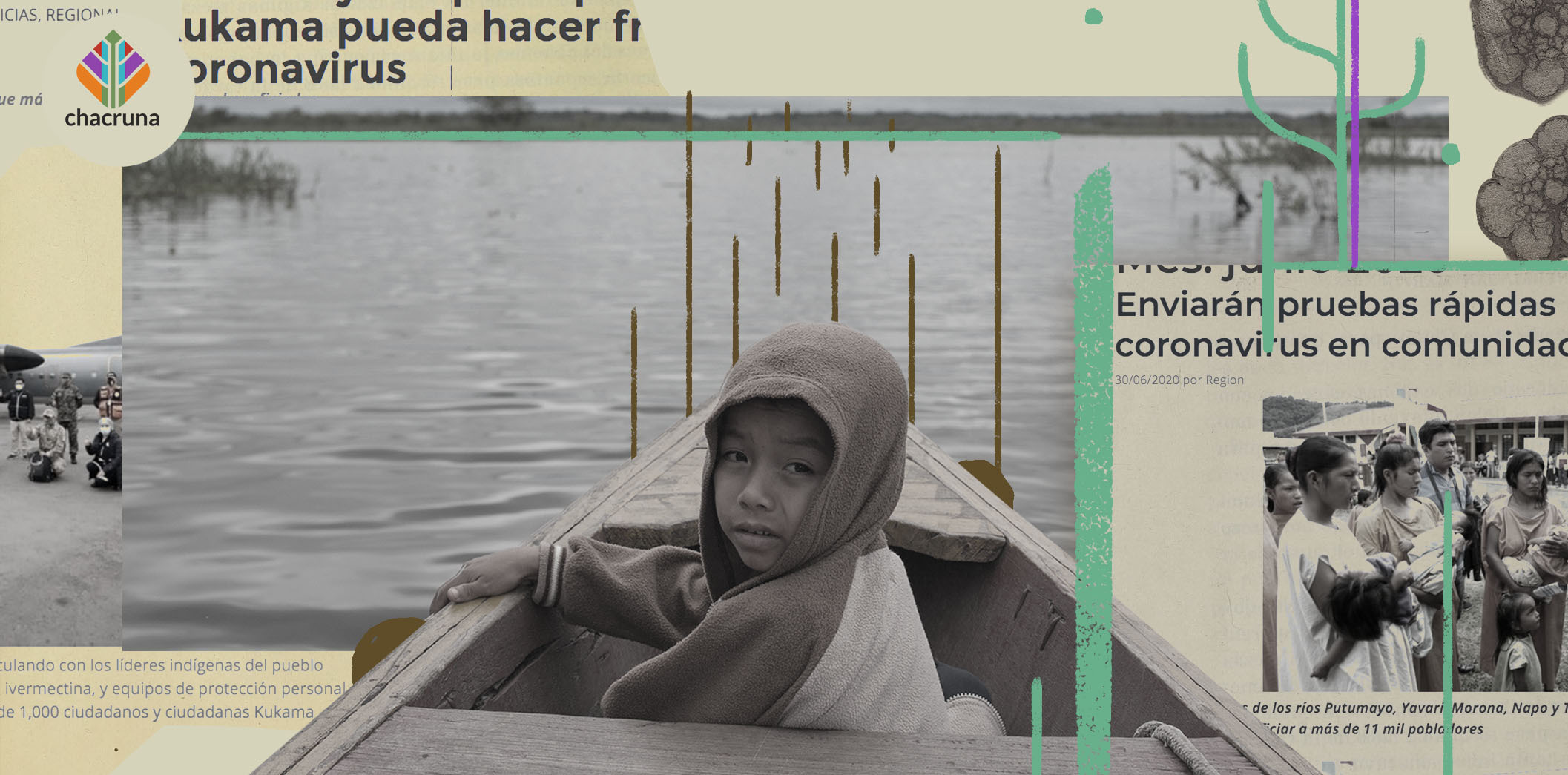- Breaking Convention Conference Lives Up to Its Psychedelic Reputation - May 31, 2023
- Creating Awareness on Sexual Abuse in Ayahuasca Communities: A Review of Chacruna’s Guidelines - February 8, 2022
- Iquitos, Capital of Ayahuasca, Struggles During COVID - October 19, 2020
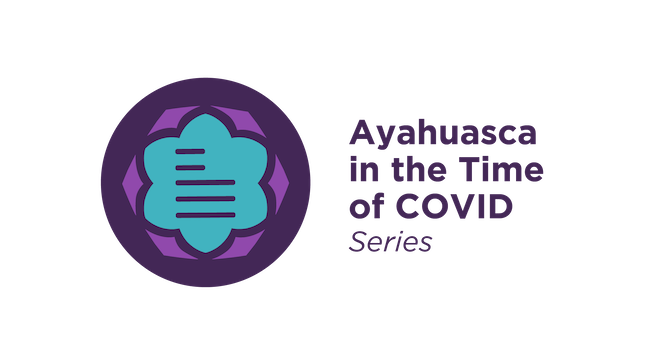
The burgeoning expansion of ayahuasca around the globe has allowed for the evolution of an infinitely diverse array of ayahuasca practices and communities, spanning from Indigenous groups in the Amazon Basin and traditional ayahuasca churches in Brazil, to newly evolving neoshamanic traditions in North America, Europe, and beyond. This series will examine how the practices and traditions of these diverse communities are evolving to meet the challenges that have emerged as a result of the global pandemic and the measures taken to mitigate its impact.
I have spent the entirety of the corona crisis in the Amazonian jungle city of Iquitos, Peru, arguably the world epicenter of ayahuasca shamanism and part of possibly one of the most highly infected regions in the world during the “pandemic.” I have witnessed the devastating impact of the virus and, furthermore, of the lockdown measures on local communities here. One impact of the lockdown was the effective closure of the ayahuasca industry due to global restrictions on travel and commerce, which has had widespread repercussions across the region within local communities who depend largely on international ayahuasca-based travel to the region and related passing trade. However, as we enter in to the dreaded “second wave” of the coronavirus worldwide, Iquitos finds itself in a fortuitous position as possibly “the first city in the world with herd immunity,” according to recent reports here. So, what does all this mean for the ayahuasca capital?
In many ways, the city represented a “worst case scenario” setting for the virus due to its remote location, high population density, crowded living standards, and the lack of supplies and medical infrastructure available
Iquitos: Worst Case Scenario?
As the country with the third-highest number of cases in South America (following Brazil and Colombia), with a death rate of 4% of total cases, according to official statistics, Peru has featured heavily in the international press throughout the crisis, and Iquitos was the focus of some of the most shocking reports as the virus took hold. In many ways, the city represented a “worst case scenario” setting for the virus due to its remote location, high population density, crowded living standards, and the lack of supplies and medical infrastructure available. As I reported in a previous article, crowds filled the streets here during “quarantine” due to necessity to access government “bonuses” from the banks and basic supplies; so, despite heavy lockdown measures, the virus spread quickly throughout the city. The Loreto region, of which Iquitos is the capital, has recorded 20,408cases and 958 deathsso far from coronavirus, although numbers are generally believed to be much higher because of unreliable reporting. Everybody has been affected here by the loss of life. Most locals know around 3–6 people who have died from the virus, albeit some of them family members and friends in other parts of Peru.

Among those affected are communities directly connected with ayahuasca practices, including Indigenous Shipibo-Conibo and local mestizos, but also many others who depend indirectly on the “ayahuasca industry.”
Yet, many among the local population believe that the impact of the lockdown and economic scarcity caused by these measures has been far worse than that of the virus itself. Among those affected are communities directly connected with ayahuasca practices, including Indigenous Shipibo-Conibo and local mestizos, but also many others who depend indirectly on the “ayahuasca industry.” Having lost their usual source of income, many people here are struggling to survive.
Impacts on the “Ayahuasca Community”
Tourism is one of Peru’s main industries and “ayahuasca tourism” itself attracts thousands of visitors to the country each year, most of whom come to Iquitos as the hub of the ayahuasca industry. While exact figures are difficult to obtain, research conducted in 2017 found that 10 of the biggest centers in Iquitos lodged 4,000 visitors that year, each of them staying for at least a week, paying from 100 to 200 dollars a night, making for a total revenue of around 5,600,000 dollars. This is a fraction of the income of the total industry and related “ayahuasca community,” which involves many more centers, informal ceremonies, and related trade, including artisania and touristic cafés and restaurants.
Although local ayahuasca ceremonies have continued, ayahuasca centers have had to close their doors due to lack of visitors and local restrictions.
Although local ayahuasca ceremonies have continued, ayahuasca centers have had to close their doors due to lack of visitors and local restrictions. Some of the larger centers will survive as a result of existing financial stability and the support from previous retreat participants through funding campaigns for their workers and healers. Yet, many have already closed permanently or otherwise face very uncertain futures. Foreigners involved in these enterprises may have wider opportunities and other avenues of financial support, but many local people are at a loss to decide what to do to survive without their usual income from ayahuasca and other touristic trade.
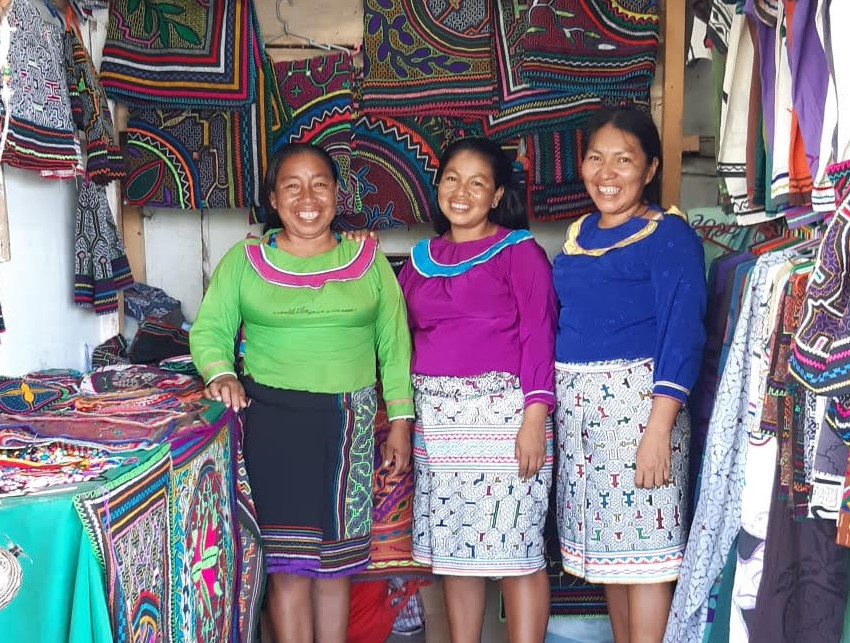
Shipibo communities who usually depend on the sales of their famous artisan textiles are among those most affected. As a local Shipiba artisana and spokeswoman for the local association of Shipibo traders here, Melissa told me early during the quarantine, “We don’t know what to do. We have nothing now.” Remaining international residents in the city have provided some relief by buying and selling Shipibo goods online as quarantine measures loosened and this became possible. Similarly, demand for local medicines and other goods from international medicine communities has provided income for some local sellers. However, only those willing to pay the high price of international air mail during the restrictions have been able to access products from the region and, regardless of price, shipping has been heavily limited until very recently. Restrictions on export from the region have also surely impacted global medicine communities.
Although Shipibos have been badly affected by the situation, many of them have been able to access support from international sources. Due to their reputation as having some of the best ayahuasca shamans in the world, Shipibos have been the focus of many campaigns run by outsiders to provide aid to the region. Yet, other Indigenous communities and local mestizos in the area have also been devastated by the lack of tourism and also have difficulty accessing government aid. There are also many Kukamas here, for example, who depend on the tourism trade, as well as mestizos who make up most of the local population. Unfortunately, these groups are less able to access help from Western supporters as they are less well known internationally and less associated with ayahuasca culturally.
Along with my partner, I set up The COVID-19 Iquitos Relief Fund, to help communities across the region especially connected with plant medicine related work and tourism who have been struggling throughout the months of lockdown by providing them with basic living and food supplies. Kevin, a young Kukama, contacted me to ask for help for his community. He explained that usually they depend on a local ayahuasca center, where several of them work as laborers and others sell their handicrafts to passing visitors. Through generous donations, The COVID-19 Iquitos Relief Fund has been able to support Kevin and his community throughout the quarantine. This work continues. To find out more and support the project please follow this link.
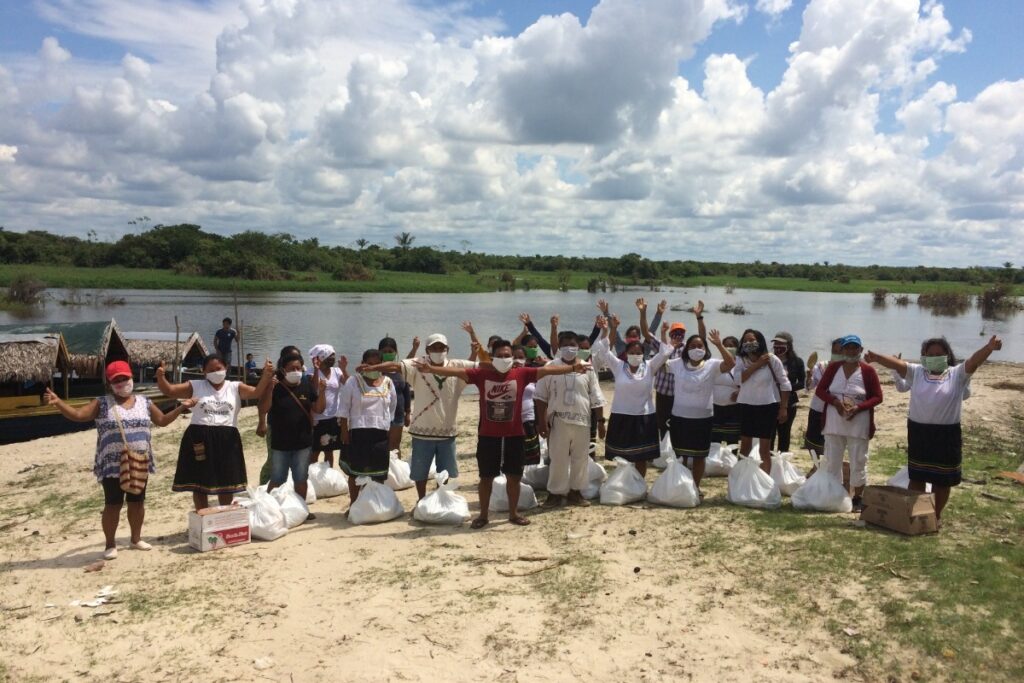
The Peruvian Government is keen to see the return of international tourism and has been providing loans to local businesses throughout the pandemic including 21 million soles (nearly 6 million American dollars) into the reactivation of tourism enterprises in protected natural areas and many related business loans with minimal interest that have had a clear impact in Iquitos. In fact, these loans have enabled some businesses to renovate and grow in recent months. Generally, the attitude of those who have received them is very positive, but the risk is that people will be unable to pay them back in time, which is certainly possible if tourism remains limited due to worldwide restrictions. Many people worldwide have been badly hit economically by the crisis and will also be lacking the financial means to travel, which raises doubts about the rejuvenation of tourism here. However, having been the focus of worldwide scare reports as one of the most infected places on the planet, Iquitos may now be one of the most attractive destinations for travelers, as reports spread that this city has become one of the most virus-free places in the world.
Despite months of hardship, as the “second wave” of the global crisis breaks, there is hope for this jungle city, which is being heralded as possibly “the first city in the world with herd immunity” from COVID-19.
The First City in the World to Reach Herd Immunity?
Despite months of hardship, as the “second wave” of the global crisis breaks, there is hope for this jungle city, which is being heralded as possibly “the first city in the world with herd immunity” from COVID-19. This is according to reports in the national Peruvian press that are also gaining attention internationally. At the same time, this claim is also being made by Manaus, Brazil. “Herd immunity” can be reached when 50-90% of the population has achieved immunity against an infection, depending on how contagious the infection is. For coronavirus, the percentage has been set at 70% by most commentators, although many are saying this is impossible for a virus whereby re-infection is possible (although apparently very rare). Nevertheless, in Iquitos, reports are positive, all suggesting that at least 70% of the population has had the coronavirus and many people, including the head of the Regional Health Directorate, Carlos Calampa, are claiming that 93% of Iquitos inhabitants may have been infected by COVID-19. Indeed, this is according to a recent study carried out by the Regional Directorate of Health (Diresa) of Loreto and the Ministry of Health (Minsa), with support from the Pan American Organization of the Health (PAHO), the National University of the Peruvian Amazon (UNAP), and the University of Engineering and Technology (Utec). The study consisted of 715 random rapid tests for SARS-CoV-2 antibodies taken across all districts of Iquitos between July 13 and 18 and found that 71% of those tested had already contracted and overcome the virus while another 22% of those tested had the virus. Although this research and claims made on its basis may be disputable, it is difficult to dispute the stark drop we have seen in the number of cases and fatalities during the past couple of months here. The situation is in strong contrast to other parts of the world where cases are increasing rapidly and the percentage of those believed to have been infected is much lower.
Future in the Balance
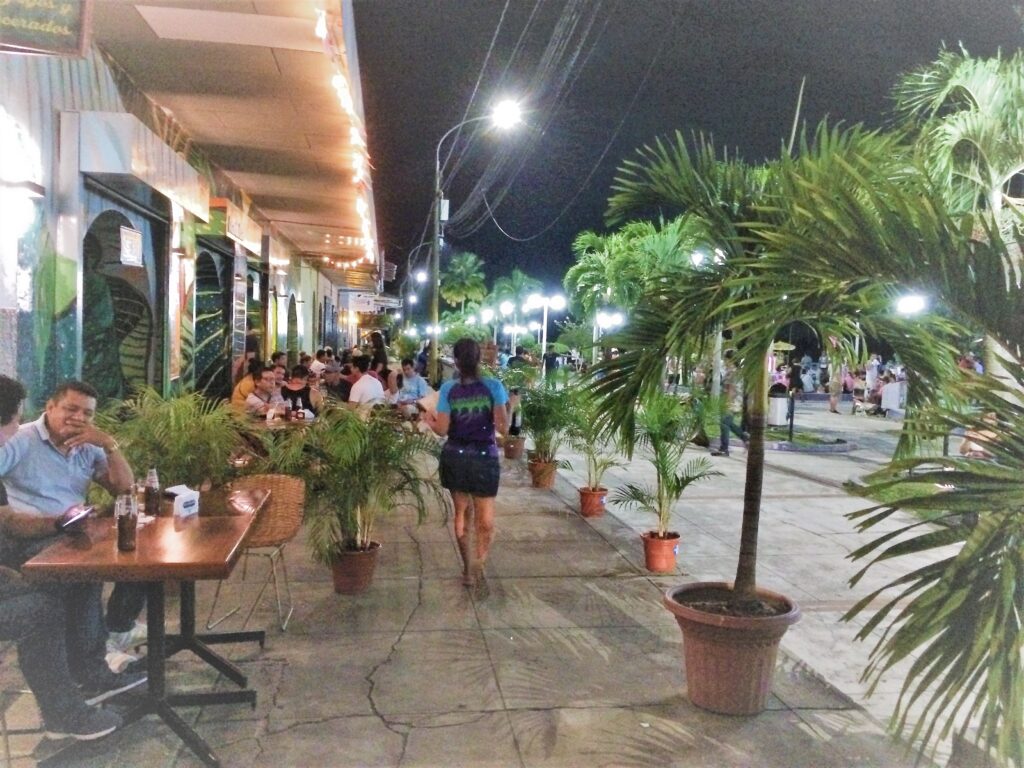
Undeniably, this area was hit hard in the initial months of the coronavirus outbreak killing possibly 0.3–1% of the population of Loreto, depending on whether official reports or conspiracy theories abounding here about coverups regarding the real number of fatalities are to be believed. Yet, we are now experiencing a return to some kind of “normality.” While a curfew of 11pm is still in place, the atmosphere here is calm and bright once again and the streets are teaming with people going about their daily lives as rules are relaxed and shops, cafes, and restaurants open for business (albeit under regulations that require workers to wear masks and customers to have their temperatures taken and hands sprayed with disinfectant). The likelihood, however, is that many of these establishments will not survive if their usual source of income from international clientele does not return. This depends partly on the future of ayahuasca shamanism and tourism in the region.
As fear rages across the world and regional lockdowns continue to be enforced, the future development of ayahuasca practices in this region remains unknown. Is this the end, or the beginning of a new dawn for the “ayahuasca industry” and community here?
Art by Karina Alvarez.
— Editorial note:
Chacruna does not advocate for a herd immunity approach toward combating COVID-19. This article discusses, retroactively, how some people in Iquitos and other parts of Latin America, are speculating that herd immunity might have inadvertently been achieved through COVID-19’s rampant spread among its more isolated populations during this pandemic.
Take a minute to browse our stock:
Did you enjoy reading this article?
Please support Chacruna's work by donating to us. We are an independent organization and we offer free education and advocacy for psychedelic plant medicines. We are a team of dedicated volunteers!
Can you help Chacruna advance cultural understanding around these substances?










